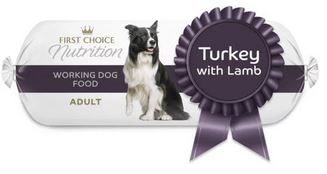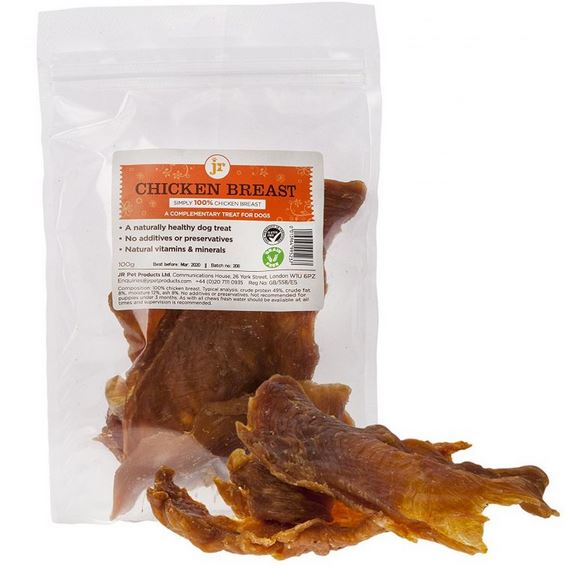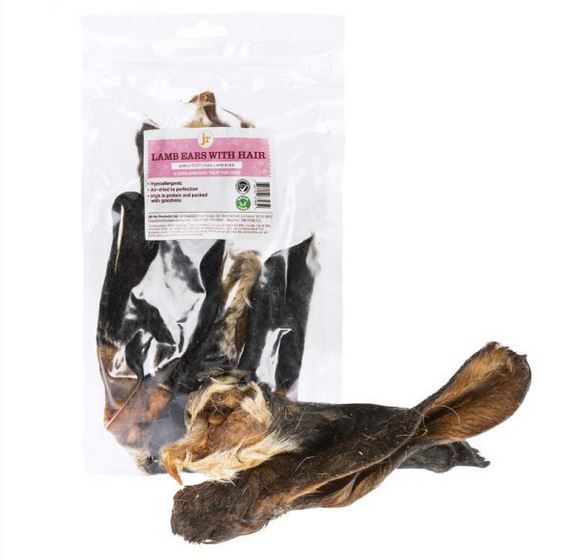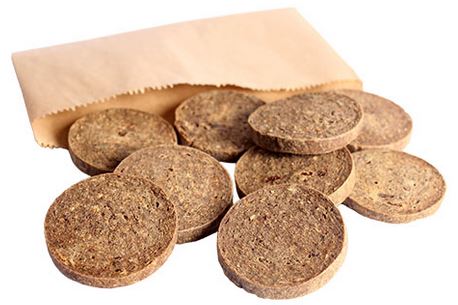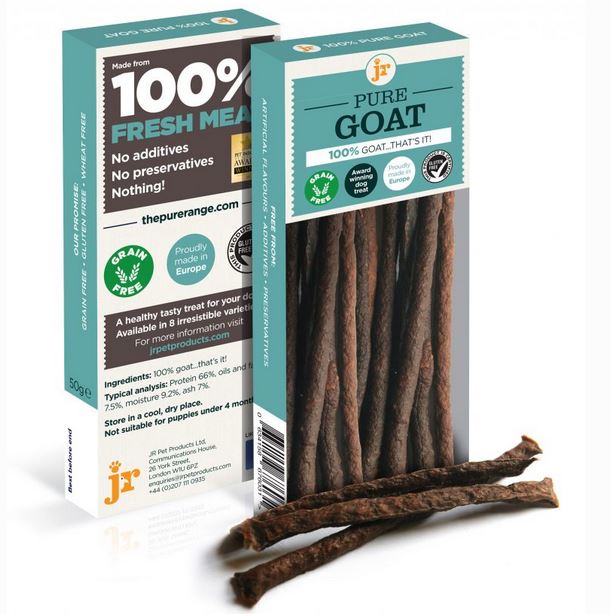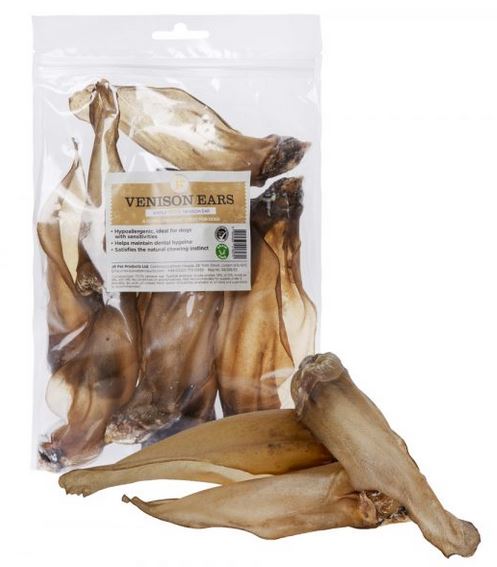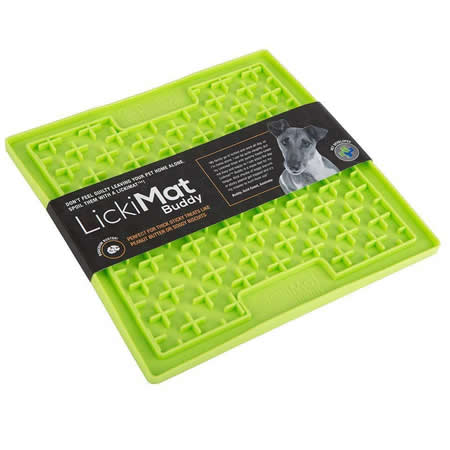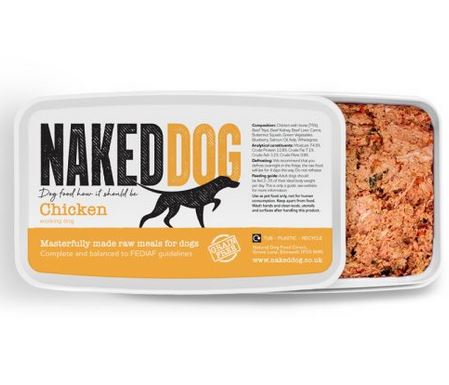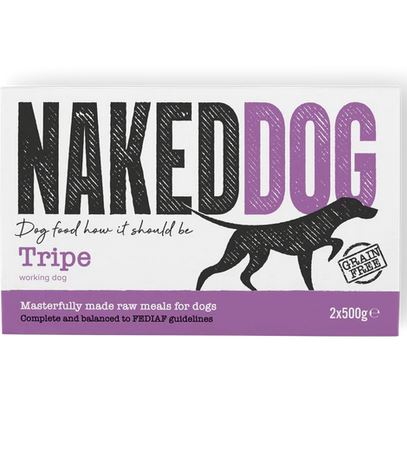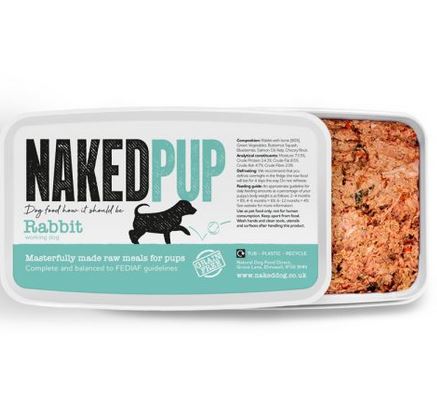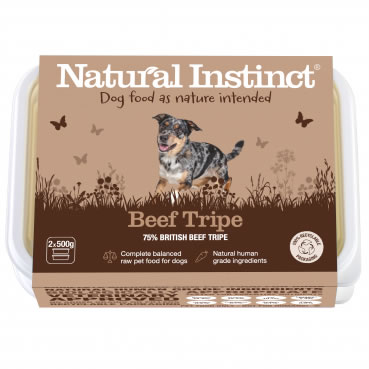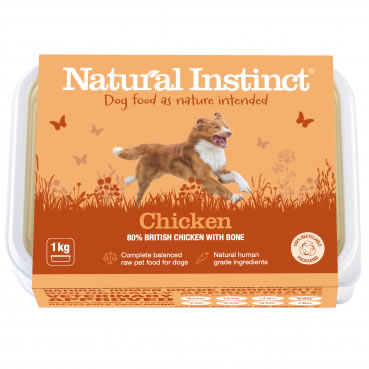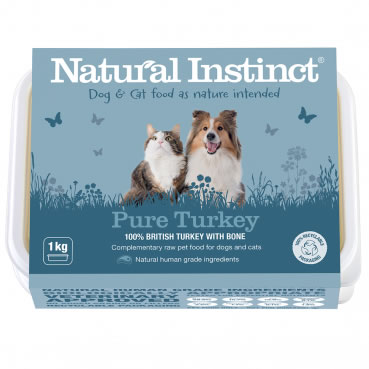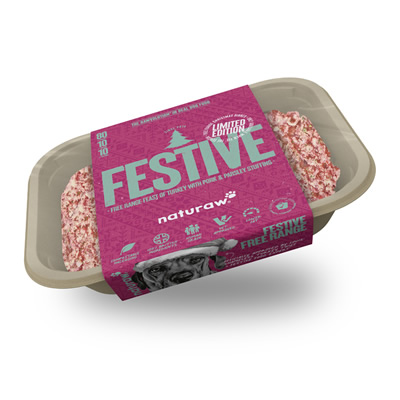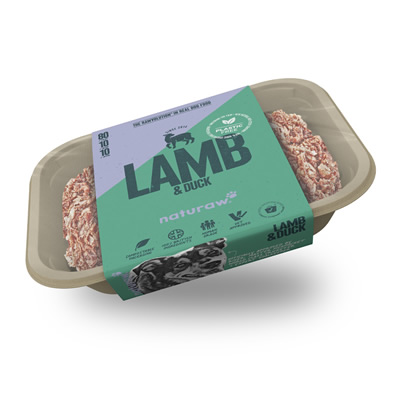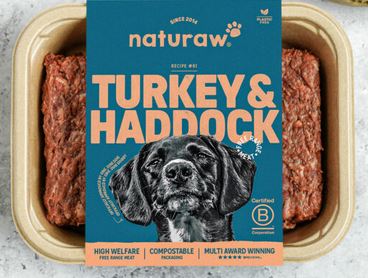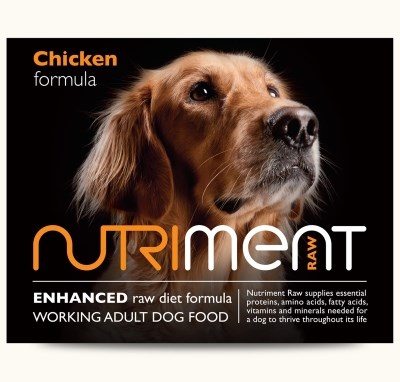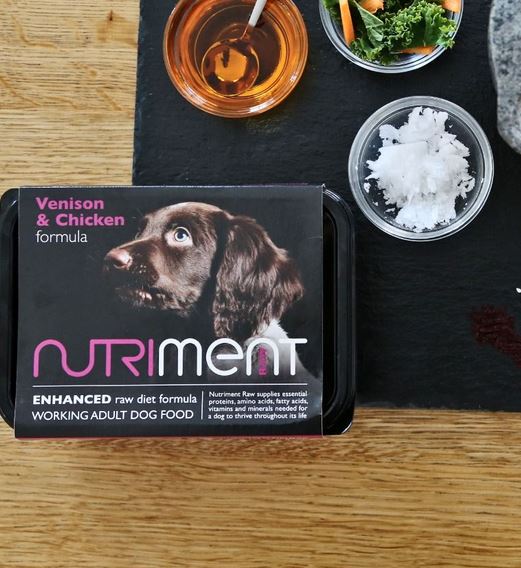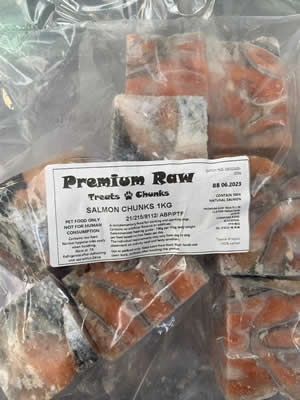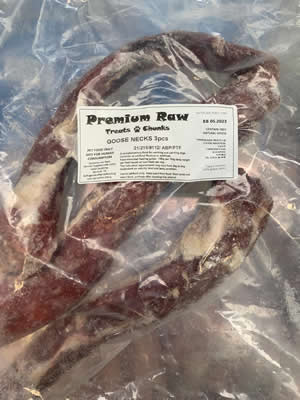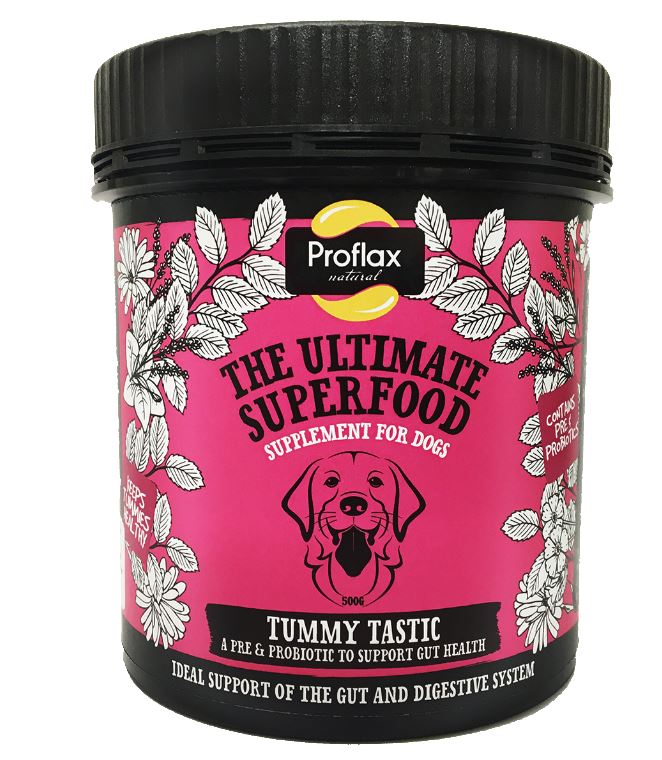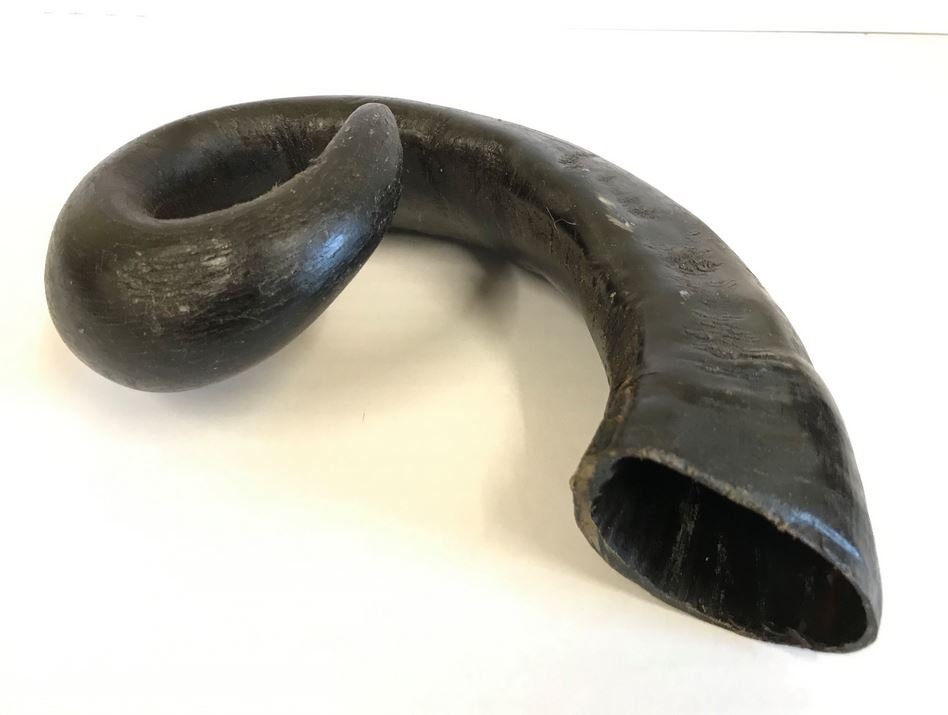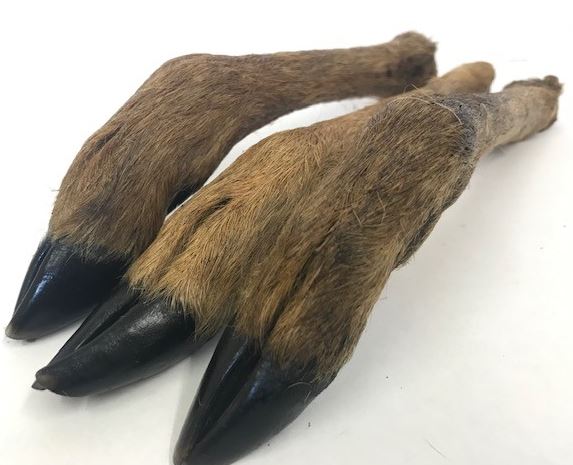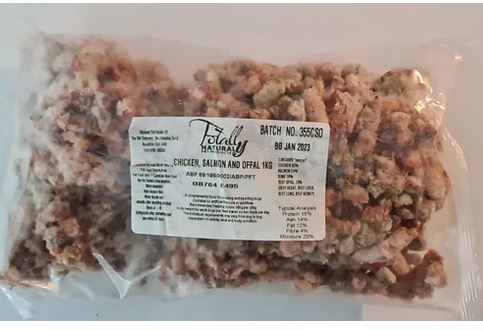Suppliers
Treats
Health
Accessories
Feclab - Lungworm Egg Count Kit
- Supplier
- Feclab
Lungworm
The Lungworm faecal sample test is done using a technique called Baermann flotation , which may show larvae of both Angiostrongylus and Crenosoma but bear in mind that larvae may only be present intermittently in the faeces and dogs may show clinical signs such as coughing prior to the larvae being present in the faeces.
Description
Each Worm Count Kit contains a freepost envelope for sending the sample back to the lab. You will receive your results within 48 hours of receipt via email or post - whichever you prefer. All samples are tested twice to give a professional and accurate result.
Faecal Egg Count (FEC) is a method of determining how many internal parasite Eggs are present in a particular dung sample. It may also be possible to determine the different types of worms or other parasites present. The information on both the number and type of parasites can be used to determine whether or not an anti-parasitic treatment is required.
If an animal has internal parasites the eggs produced by the adult parasites are often passed out in the dung. If eggs are found in a fresh dung sample it shows that worms are present in the animal.
The number of eggs found can provide a useful indication of the level of parasite infection, so a high egg count would suggest a high level of adult parasites in the animal.
FEC is an extremely valuable tool to monitor parasite levels for individuals and groups of animals.
In addition to helping with decisions about whether or not to treat animals, the FEC can be used to check if resistance to particular anthelmintic treatments is developing. A test before and after treatment can help to identify whether a particular anti-parasite product was effective.
What FecLab do with your sample:
A measured amount of the dung sample is added to a measured amount of a solution (a flotation fluid) that allows the parasite eggs to float to the surface. The mix needs to be carefully measured so the results can be translated into a final ‘eggs per gram’ (or epg). The dung and the solution are mixed well and then strained through a sieve or cheesecloth to get rid of as much debris as possible The filtered solution is then stirred again and a small sample drawn off with a syringe or pipette for examination right away (eggs will start to float to the top as soon as the mix is left undisturbed).
The sample is place into a counting slide which normally has two chambers, each with a grid etched onto the top surface. One chamber is filled, the solution is stirred again and then the second chamber is filled.
The sample is then allowed to stand for a short while allowing the eggs to float to the surface where it is easier to see them under a microscope.
Eggs that can be seen under the etched grid are then counted and identified, as necessary.
The quantities of dung and flotation fluid that are mixed together determine the multiplication factor that is applied to the egg count result to give a final ‘eggs per gram’.
- Price
- £20.00
FecLab - Worm Egg Count Kit
- Supplier
- Feclab
Dog Roundworm
Roundworms are canine common internal parasites in dogs. Resembling spaghetti, adult worms are three to four inches long. There are several ways dogs can become infected.
Dog Hookworm
Hookworms are much smaller than roundworms—less than an inch long—and reside primarily in the small intestine. Because they feed on an animal’s blood, hookworms can cause life-threatening anemia. Hookworm eggs are passed in the stool and hatch into larvae, and dogs can become infected either through ingestion or skin contact. Please note, hookworms are more common in dogs than cats.
Dog Tapeworm
Long and flat, tapeworms are segmented parasites and range from 4 to 28 inches in length. An infestation can cause vomiting or weight loss. Dogs acquire tapeworms by ingesting an intermediate host, like an infected flea or rodent. When dogs are infected, tapeworm segments—actual pieces of the worm that resemble grains of rice—can often be seen on the fur around a dogs hind end.
Dog Lungworm
Unlike intestinal parasites, lungworms reside in the lungs of a dog. Most dogs will not show any signs of having lungworms, but some can develop a cough. Snails and slugs are popular intermediate hosts of this type of parasite, but dogs are usually infected after eating a bird or rodent who has ingested an intermediate host.or drinking from streams or puddles.
Description
Each Worm Count Kit contains a freepost envelope for sending the sample back to the lab. You will receive your results within 48 hours of receipt via email or post - whichever you prefer. All samples are tested twice to give a professional and accurate result.
Faecal Egg Count (FEC) is a method of determining how many internal parasite Eggs are present in a particular dung sample. It may also be possible to determine the different types of worms or other parasites present. The information on both the number and type of parasites can be used to determine whether or not an anti-parasitic treatment is required.
If an animal has internal parasites the eggs produced by the adult parasites are often passed out in the dung. If eggs are found in a fresh dung sample it shows that worms are present in the animal.
The number of eggs found can provide a useful indication of the level of parasite infection, so a high egg count would suggest a high level of adult parasites in the animal.
FEC is an extremely valuable tool to monitor parasite levels for individuals and groups of animals.
In addition to helping with decisions about whether or not to treat animals, the FEC can be used to check if resistance to particular anthelmintic treatments is developing. A test before and after treatment can help to identify whether a particular anti-parasite product was effective.
What FecLab do with your sample:
A measured amount of the dung sample is added to a measured amount of a solution (a flotation fluid) that allows the parasite eggs to float to the surface. The mix needs to be carefully measured so the results can be translated into a final ‘eggs per gram’ (or epg). The dung and the solution are mixed well and then strained through a sieve or cheesecloth to get rid of as much debris as possible The filtered solution is then stirred again and a small sample drawn off with a syringe or pipette for examination right away (eggs will start to float to the top as soon as the mix is left undisturbed).
The sample is place into a counting slide which normally has two chambers, each with a grid etched onto the top surface. One chamber is filled, the solution is stirred again and then the second chamber is filled.
The sample is then allowed to stand for a short while allowing the eggs to float to the surface where it is easier to see them under a microscope.
Eggs that can be seen under the etched grid are then counted and identified, as necessary.
The quantities of dung and flotation fluid that are mixed together determine the multiplication factor that is applied to the egg count result to give a final ‘eggs per gram’.
- Price
- £18.00
Rawsome Pets Limited is a company registered England and Wales (Company No. 11897928)
Neville Street Industrial Estate, Unit 4, Neville Street, Chadderton, Oldham, OL9 6LD
VAT number: 349691551







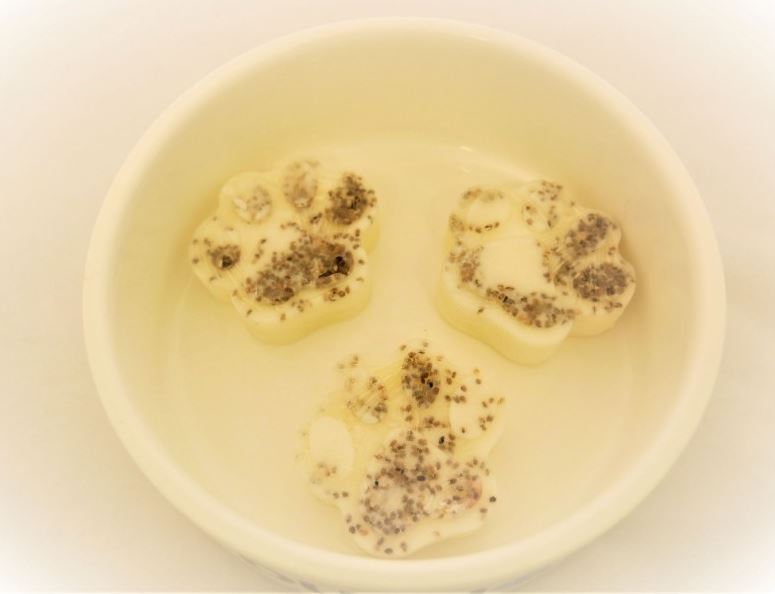








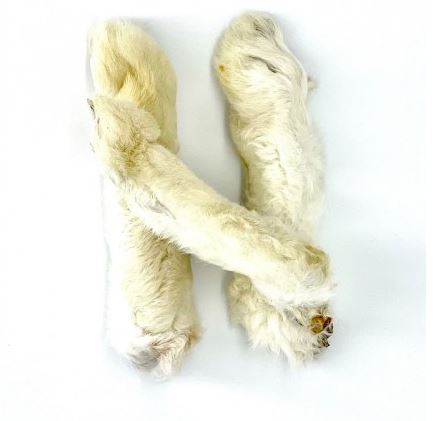









































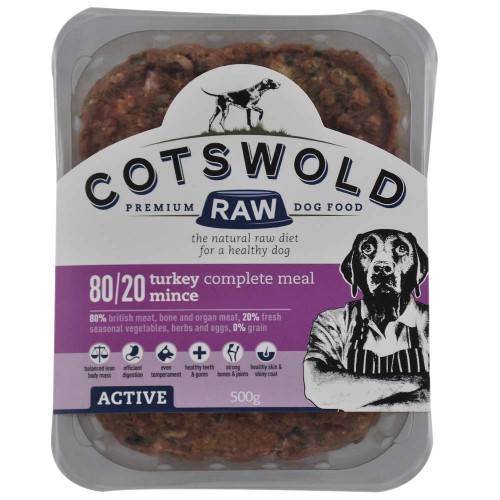







.jpg)
























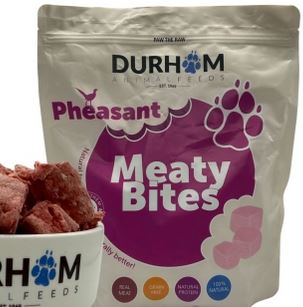
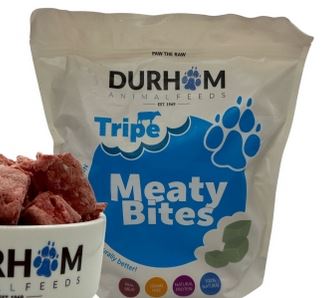

.jpg)





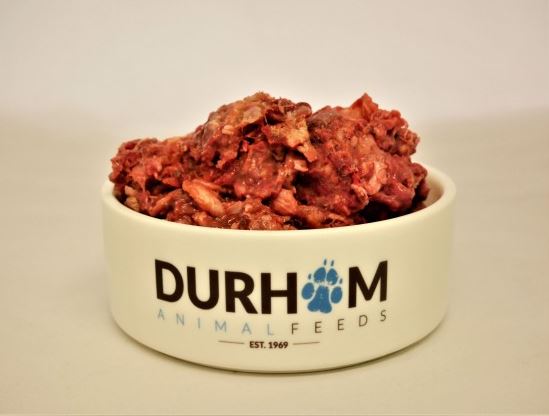




.jpg)
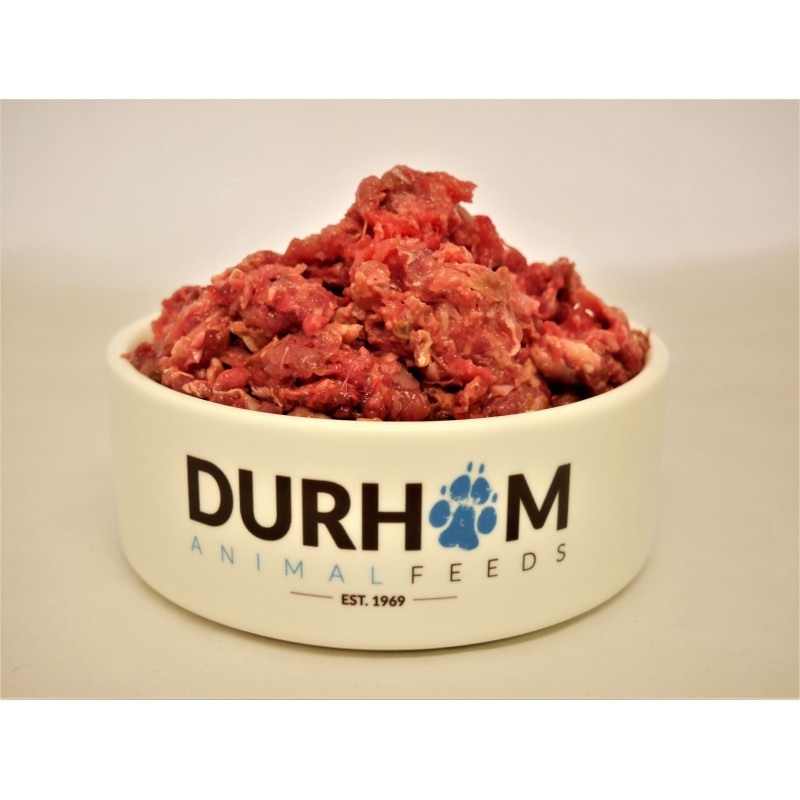











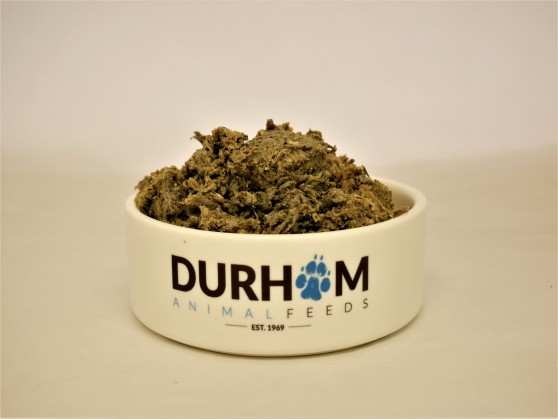








.jpg)
























